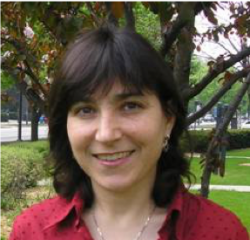


Ann Bradlow, Department of Linguistics, Northwestern University
High variability training in the lab and in the language classroom
Why is it so hard for second-language learners to gain control over certain sounds in a foreign language? And, what is the most effective way to improve perception and production of difficult foreign language sounds? In this presentation, I will review the principle behind a particularly effective approach to novel speech sound learning, namely the high variability training approach. Importantly, this training approach builds on current theories and models of speech perception in which naturally occurring variability across talkers and communicative settings is viewed as a source of information about underlying category structure, rather than as noise that must be separated from the signal in order to access essential, invariant linguistic information. I will then present data from two lines of research that have explored this training principle in laboratory-based studies: (1) acquisition of the English /r/-/l/ contrast by Japanese listeners, and (2) perceptual adaptation by native speakers of American English to foreign-accented English. Both lines of research demonstrate remarkable flexibility in speech perception and production even in monolingual adults. At the same time, for both novel L2 contrast learning and adaptation to foreign-accented speech, flexibility is constrained in principled, and therefore controllable, ways by L1-L2 structural mismatches as well as by the training conditions. Translation of these basic training principles to language classrooms is the next frontier for this research agenda.